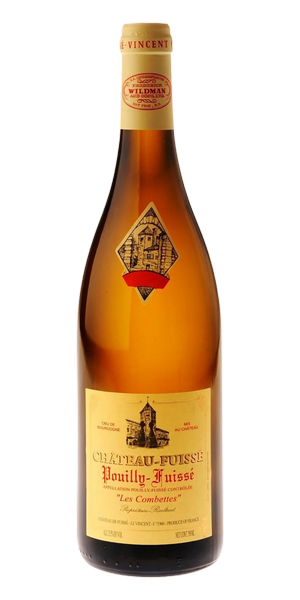When it comes to immersive and high-quality audio for both music enthusiasts and home theater aficionados, the Polk USA Audio T50 Tower HiFi Speaker series is a remarkable …
Extended Sonic Pleasure: Dali Oberon 3 Shelf Speakers Offer a Longer, Relaxed Listening Experience
Indulge in Extended Sonic Pleasure: Dali Oberon 3 Shelf Speakers Offer a Longer, Relaxed Listening Experience. Stand as a remarkable choice, offering a delightful and extended listening experience …
Audio Experience with DALI Shelf Speakers: Unveiling the HiFi Gems from a Popular Speaker Series
In the realm of high-fidelity audio, DALI Spektor 2 (Danish Audiophile Loudspeaker Industries) stands as a revered name synonymous with sonic excellence and meticulous craftsmanship. At the heart …
Teufel Top Quality HiFi Bookshelf Speakers from Our Most Popular Speaker Series
Teufel Ultima 20 Top Quality HiFi Bookshelf Speakers from Our Most Popular Speaker Series. When it comes to achieving an unparalleled audio experience at home, discerning audiophiles and …
The Ancient Science of Holistic Health: Unveiling the Timeless Wisdom of Well-Being
In a world where modern medicine and wellness practices dominate the scene, an ancient science of unparalleled wisdom quietly holds its ground – the science of holistic health. …
Flat Vention CAT8 Ethernet Cable: Elevating Speed Networking with 40Gbps and 2000MHz Performance
In the era of high-speed networking, having an Ethernet cable that can keep up with the demands of data-intensive applications and fast-paced internet connectivity is essential. The “Flat …
UGREEN CAT8 Ethernet Cable: Unleashing 40Gbps and 2000MHz Performance with Cotton Braided Networking
In the realm of modern networking, having a reliable and high-performance Ethernet cable is crucial for seamless data transmission and stable internet connectivity. The UGREEN CAT8 Ethernet Cable …
Braided Cat 8 Ethernet Cable Flat: Unleashing High-Speed 40Gbps and 2000Mhz Performance for Reliable Internet Connectivity
In the rapidly advancing world of networking, having a high-quality and high-speed Ethernet cable is crucial to ensure smooth and reliable internet connectivity. The Braided Cat 8 Ethernet …
Cat 8 Ethernet Cable: Unleashing High-Speed 40Gbps and 2000Mhz, Performance for Next-Gen Networks
In the ever-evolving world of networking, having access to cutting-edge technology is essential to meet the demands of modern data transmission and internet connectivity. The “Cat 8 Ethernet …
Gold Plated Plug Cat 8 Ethernet Cable: Built to Endure the Test of Time and Demanding Networks
In the ever-evolving landscape of networking technology, having a dependable and durable Ethernet cable is crucial for seamless data transmission and reliable internet connectivity. The “Gold Plated Plug …
